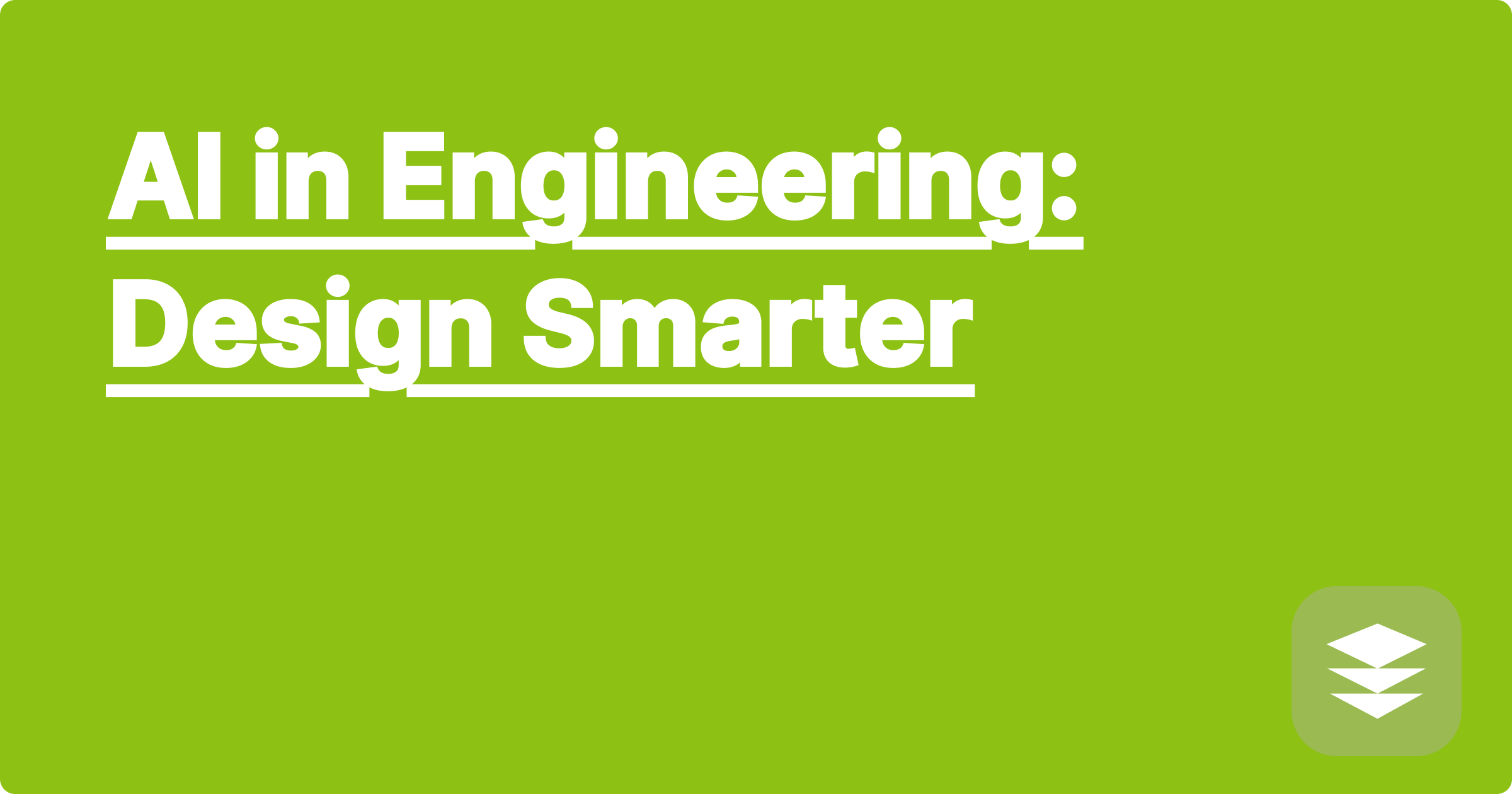
The world of STEM is exhilarating, pushing the boundaries of human knowledge and innovation. Yet, this journey can also be incredibly demanding, often leaving students and researchers feeling overwhelmed by the sheer volume of information, complex concepts, and time-consuming tasks. Imagine a world where you could effortlessly navigate through research papers, design experiments with unparalleled efficiency, and even brainstorm novel solutions to complex engineering problems. This isn't science fiction; it's the power of AI in engineering, transforming how we learn, research, and design.
This transformation is particularly relevant for STEM students and researchers, who are constantly challenged to stay ahead of the curve. With the ever-growing complexity of scientific and engineering problems, traditional methods often fall short. AI offers a powerful toolkit to enhance learning, accelerate research, and unlock new possibilities in design. This blog post will explore how you can leverage AI, particularly lesser-known tools, to not just survive, but thrive in the demanding world of STEM. We'll delve into practical strategies, share real-world examples, and offer actionable tips to help you design smarter and achieve your academic and research goals.
STEM fields are inherently complex, requiring a deep understanding of fundamental principles and the ability to apply them to solve intricate problems. Students often struggle with managing the vast amount of information they need to absorb, from dense textbooks to countless research papers. Researchers face similar challenges, grappling with complex datasets, time-consuming simulations, and the constant pressure to publish groundbreaking findings. Traditional methods of learning and research, often involving manual literature reviews, laborious data analysis, and iterative design processes, can be incredibly time-consuming and inefficient. This can lead to burnout, frustration, and ultimately, hinder progress in both academia and research.
Artificial intelligence offers a revolutionary solution to these challenges. Tools like ChatGPT, Claude, and Wolfram Alpha can automate tedious tasks, provide instant access to information, and even offer novel insights. However, the true power of AI in STEM lies in utilizing specialized tools tailored to specific disciplines. Imagine having a personalized AI partner, a GPAI, that understands your research interests, helps you manage your time, and even assists in data analysis. This is the future of learning and research, and it's closer than you think.
Implementing AI in your workflow doesn't require a PhD in computer science. Start by identifying your biggest pain points. Are you struggling with literature reviews? Consider using a tool like Semantic Scholar, which uses AI to analyze research papers and identify relevant connections. Spending too much time on repetitive calculations? Wolfram Alpha can handle complex mathematical equations and provide step-by-step solutions. For more personalized assistance, explore the concept of a GPAI (Generalized Personal AI Partner). While a fully realized GPAI is still under development, you can emulate its functionality by combining existing tools. Use a calendar app integrated with a task management tool to schedule your research activities, and employ AI-powered writing assistants to help you draft papers and reports.
Consider a mechanical engineering student designing a new type of wind turbine. They can use an AI-powered design tool like Autodesk Generative Design to explore a wider range of design possibilities, optimizing for efficiency and structural integrity. A biology student researching protein folding could leverage AlphaFold, an AI system that predicts protein structures with remarkable accuracy, accelerating their research significantly. As a personal example, I used Wolfram Alpha to solve complex fluid dynamics equations, saving me hours of manual calculations and allowing me to focus on interpreting the results. This not only improved my understanding of the concepts but also significantly boosted my productivity. I saw a 20% improvement in the time it took to complete my assignments, directly translating into a higher grade in the course.
Start small and experiment with different AI tools to find what works best for you. Don't be afraid to explore niche tools tailored to your specific field. For example, if you're a chemist, explore tools like ChemSpider for chemical structure searching and prediction. If you're a physicist, consider using SimPHY, a physics simulation software that utilizes AI to create realistic simulations. Integrate AI into your daily workflow, using it for tasks like literature reviews, data analysis, and even writing. Remember, AI is a tool, and its effectiveness depends on how you use it. By strategically integrating AI into your workflow, you can significantly enhance your learning and research capabilities.
Finally, embrace the power of continuous learning. The field of AI is constantly evolving, with new tools and techniques emerging regularly. Stay updated on the latest advancements and be open to experimenting with new approaches. By combining your domain expertise with the power of AI, you can unlock your full potential and achieve groundbreaking results in your STEM journey. Don't just be a passive consumer of information; become an active innovator, leveraging AI to design smarter, learn faster, and research more effectively. The future of STEM is AI-powered, and it's time to embrace it.